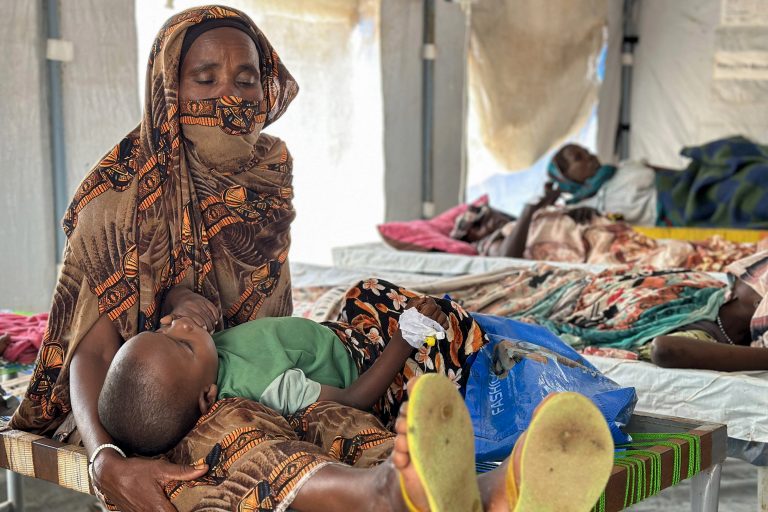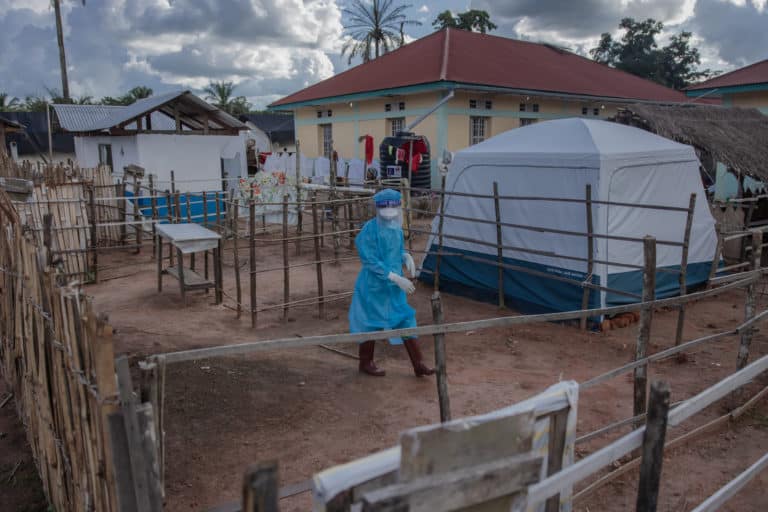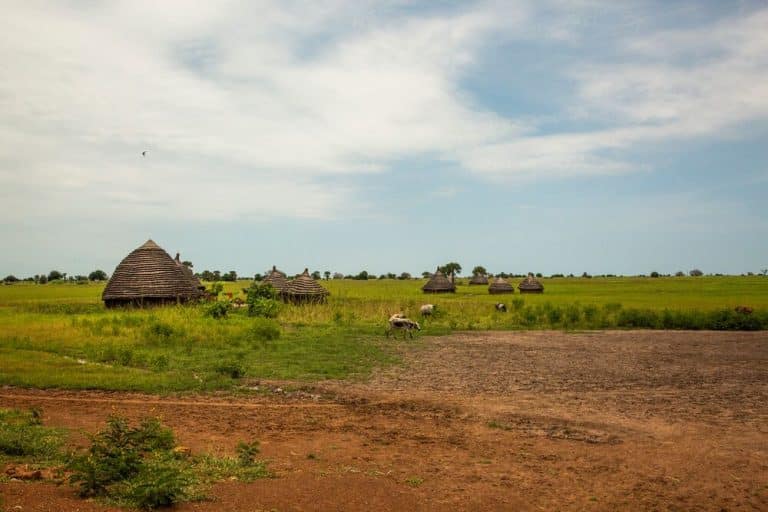Consult the full podcast of the “Priorité Santé” program on RFI
Lassa fever is named after a town in Nigeria, where the disease is endemic. Transmitted by a rodent commonly found in forests and savannahs, this disease is primarily in West African countries, such as Sierra Leone, Liberia, Guinea, and Nigeria. Early treatment is crucial to ensure effective management.
Since 2023, INTEGRATE – a global alliance against Lassa fever – has joined an international consortium of 15 leading research institutes, health facilities, and humanitarian organisations from 10 countries, working together to fight Lassa fever. This groundbreaking study is coordinated by ALIMA and the Clinical and Operational Research Alliance (CORAL) platform.
Season and Mode of Transmission
Is this infection seasonal?
The infection typically begins around December and stops by March or April. During the dry season, rats that carry the disease leave the forest in search of food and venture into villages. With the first rain, the rats return to the forest, which halts the epidemic. However, in Nigeria, cases can occur year-round, averaging about one case per week.
What type of rodent transmits this disease?
The disease is primarily transmitted by a small rodent known as the multimammate rat, which is found in various regions of West Africa but mainly spreads the disease in Nigeria, Liberia, Sierra Leone, Guinea, and Benin.
How is the virus transmitted and is there human-to-human transmission?
This rodent sheds the virus in all its secretions. Transmission can occur if someone consumes food contaminated with rat saliva or handles the rat directly. The most common mode of transmission is through rat faeces on foods such as cassava that are dried in the sun. If such contaminated food is consumed without being cooked, contamination may occur. While there are documented cases of human-to-human transmission, these are less frequent than rodent-to-human cases and often occur in medical settings, such as during surgical procedures.
Can you contract the disease by shaking hands with a contaminated person?
Handshaking does not facilitate transmission, as the virus does not penetrate the skin. However, if you touch your eyes or mouth with a contaminated hand, you can transmit the virus. Washing your hands with soap removes the virus from the skin.
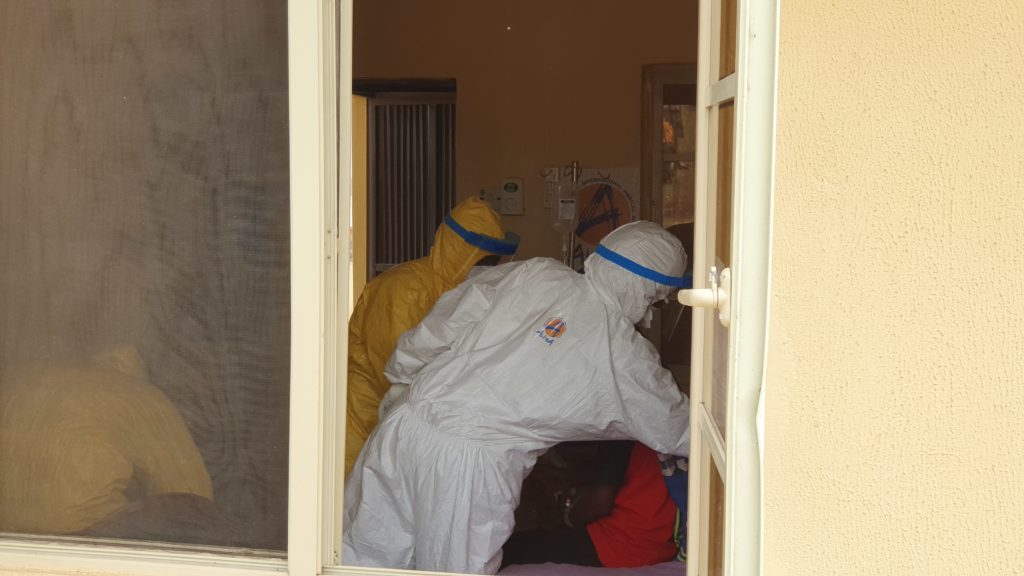
Symptoms and Diagnosis
What are the distinctive symptoms of Lassa fever compared to malaria and can it resolve on its own?
The symptoms are very similar to any common fever in these countries. The specific signs include bleeding, as it is a viral haemorrhagic fever. However, not all cases exhibit bleeding. Some patients with mild symptoms may recover without extensive treatment, while others may develop severe forms and require intensive care.
How is the diagnosis made?
The diagnosis is based on a blood test that amplifies the viral genome for more accurate identification. The Nigerian government has implemented diagnostic techniques in many centres, which make it possible to count confirmed cases. In 2023, over 1,200 confirmed cases have been reported in Nigeria.
Is Lassa fever highly lethal?
Lethality rates vary by region and the specific strains of the virus. Some strains are more deadly than others. For example, strain 4, found in Guinea, Liberia, and Sierra Leone, appears to be more lethal than strain 2 in Nigeria.
Management and Treatment
What is the basis for treatment once the diagnosis has been made and is there a vaccine?
Treatment is based on two key components: basic care, such as hydration and dialysis, and antiviral treatment. Currently, ribavirin is used, but its effectiveness is questioned. At present, no vaccine exists, but several vaccine projects are currently being evaluated.
Research and Prevention
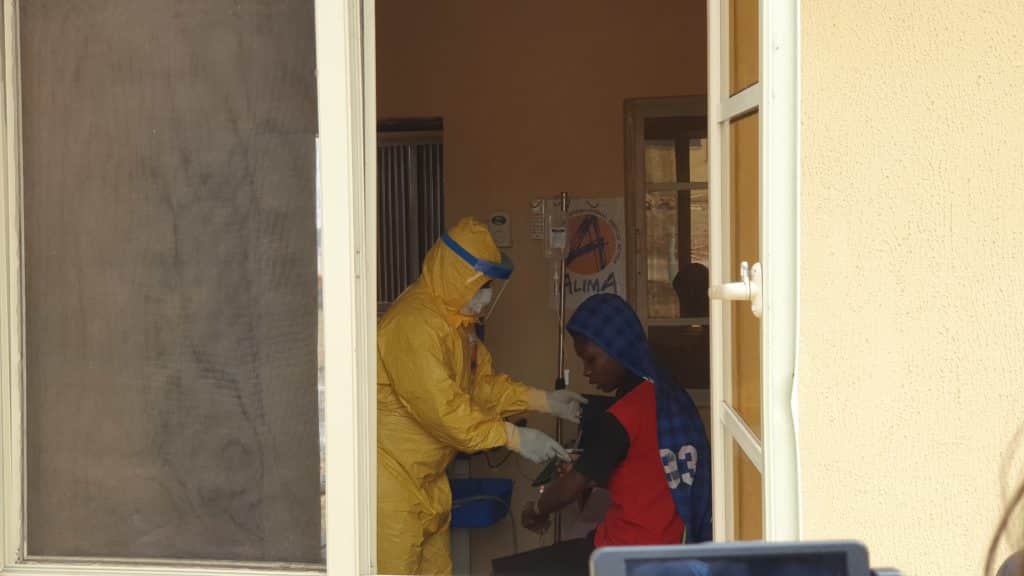
Research and prevention
What research is ALIMA currently conducting?
The international Integrate consortium, coordinated by ALIMA and the Clinical and Operational Research Alliance (CORAL) platform, is conducting research to find more effective treatments than ribavirin, and investigating repurposed drugs that are efficient against Lassa fever.
This important project is funded by the European Union and ANRS-MIE, with additional support from other interested donors.
What are the future challenges and key prevention messages?
Lassa fever is one of the viruses that understandably raises concerns. All of these emerging viruses could pose serious threats, and research into these viruses could enhance our ability to respond to future outbreaks. Basic hygiene rules, such as washing your hands, are essential to prevent these zoonotic diseases.
Listen to the full podcast of “Priorité Santé” on RFI
Cover picture : © Yvonne Etinosa / ALIMA


